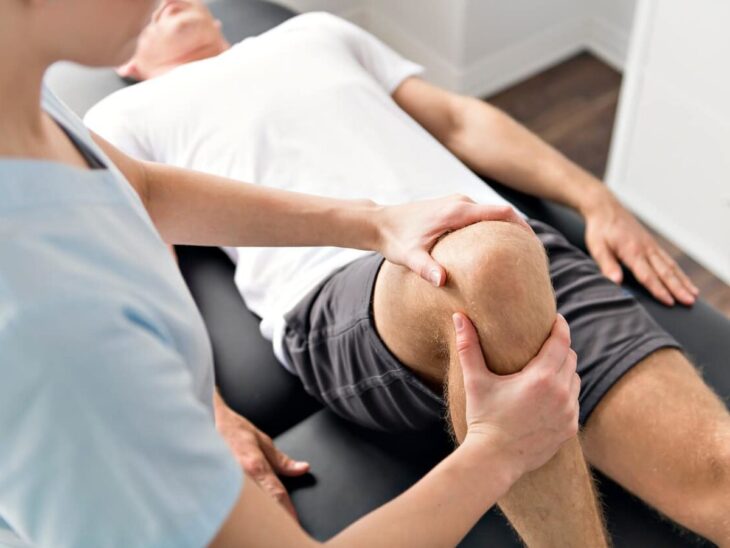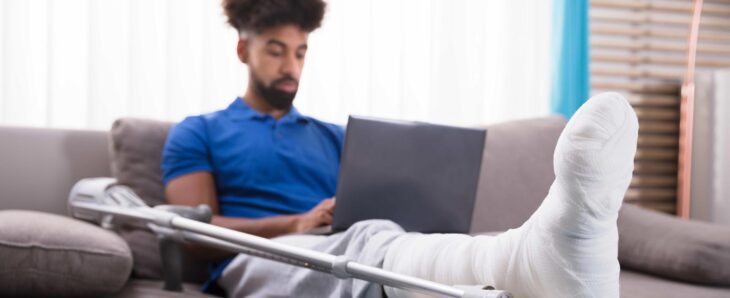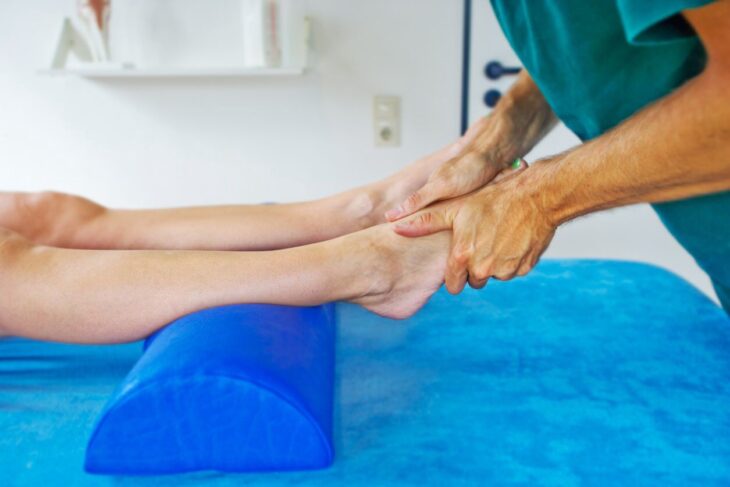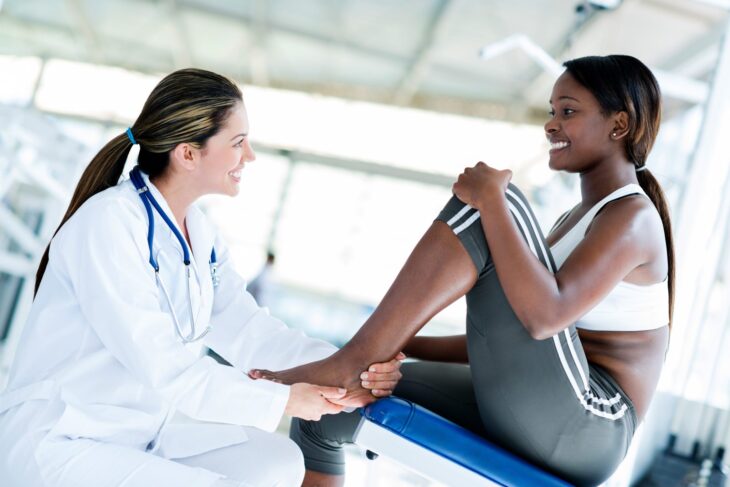Sport is good for you. It’s a form of exercise and when you’re exercising your body releases endorphins, literally making you feel good. In fact, endorphins are one of the reasons you repeat the exercise because your body and brain start to crave it!
Unfortunately, the more you exercise and participate in sports, the greater the risk of injury. Being injured is painful and very frustrating. In many cases you’ll be unable to undertake the sport you love so much. Alongside dealing with the pain you may even find that it ends your season early. That’s especially frustrating if you’re competing and doing well!
That’s why you need to know the 5 top tips for faster recovery. Because once you’ve recovered properly you’ll be able to get back out there and do even better.
RICE

img source: verywellhealth.com
Most sports injuries are soft tissue related; although this isn’t always the case. If you do experience a soft tissue issue, such as a sprain, pulled or torn muscle, or any other similar issue, you need to follow the RICE protocol:
- R – Rest
The most important thing to do when you’ve injured yourself, or even think you’ve injured yourself, is to rest. Stop the sport immediately and sit down, or lie down if necessary. You need to rest the area to prevent additional stress.
There is no such thing as going on through the pain, this will increase the severity of the injury and cause you an array of complications, none of which will help you start doing the sport again.
- I – Ice
To prevent swelling you should ice the affected area at least 4 times a day. Try to keep the ice on the area for between 20-30 minutes. Ice decreases blood flow to the area, reduce inflammation. It will also reduce any bleeding internally or externally, and help to prevent muscle spasms.
- C – Compression
During the first 48 hours, it is very important that you apply compression to your injured area. The best way of doing this is with a dedicated compression bandage. But, if you don’t have one to had a conventional bandage wound tight around the area will do the same job.
This will prevent swelling and help to get you back on your feet quicker.
- E – Elevation
Finally, swelling can also be reduced if you elevate the affected region. If you have an injury in your lower limbs you’ll want to elevate the limb above the level of your hip. If it’s upper limbs use a sling to elevate. Again, this will reduce inflammation.
Inflammation will cause more complications as it increases pressure on the injured area, potentially increasing pain and slowing the healing process.
Treatment

img source: coremedicalwellness.com
RICE is the most important first step you can take to deal with soft tissue injuries. But, you also need professional help.
This means visiting your doctor and explaining the issue. They’ll be able to see the injured area but, more importantly, they’ll identify the underlying cause.
Of course, if it’s a serious injury you’ll be going to the emergency ward and get the best possible treatment and diagnosis.
But, if it’s a sprain it will be up to you to visit the doctor. The sooner you do this the better for a speedy recovery. You can also opt for Knee Braces OR Support from Aidfull to prevent Knee Injury. It helps to reduce pain and swelling, providing joint stability and supporting your painful area without limiting mobility.
Rehabilitation

img source: henryford.com
If you really want a speedy recovery then you need to book an appointment with botany physiotherapy such as excelphysio.com.au. They offer help in several stages on the route to a full recovery.
In the first instance, they can show you exercises that will help to strengthen the area and help to ensure it is ready for sport, once you’re healed.
Secondly, they’ll be able to identify the underlying condition and help you strengthen this part of your body. It’s important to note that you may feel recovered but that doesn’t mean you actually are.
If you start training again before you’re fully recovered you’ll repeat the injury, causing you to have more time off. A good physiotherapist will help to ensure you’re fully recovered and, they will then be able to help you improve performance and endurance,
You could even become better than you were in the first place!
Evaluate The Injury

img source: medium.com
While you’re recovering it’s a good idea to evaluate the injury. You’ll have the doctor’s report and the physiotherapist’s conclusions. This will help you to understand what has happened and how it happened. You’ll then be able to take steps to strengthen the area and potentially avoid a repeat occurrence.
Don’t forget, that once you’ve been injured it’s common to be injured again in the same area. Knowing what caused the injury will help you to avoid the same situation. This is achieved through understanding, strengthening, and possibly retraining.
It’s essential if you want to keep playing your chosen sport.
Start Again Slowly

img source: webfarmer.com.au
Only when you have the all-clear from your physio should you consider undertaking your sport again. However, the key at this stage to ensure the recovery is complete is to take it slow.
This can be frustrating as you’ll want to train and get back into it. But, you need to start slow, this will help you to evaluate the injured area. You want to make sure you’re still applying pressure evenly across your body, not adjusting your technique to accommodate a healed injury.
It’s also important to be aware of any tweaks and discuss them with your physio and doctor. This will help to ensure that you are fully recovered and can get stronger and faster than before.
Don’t forget that training and undertaking sport before the injury is fully healed will damage it further and cost you even more time. As frustrating as it can be, you need to wait for it to heal properly before you start exercising.
The good news is that, with the above steps, you’ll be back on form surprisingly quickly, potentially able to destroy your old records and feel better than ever.
